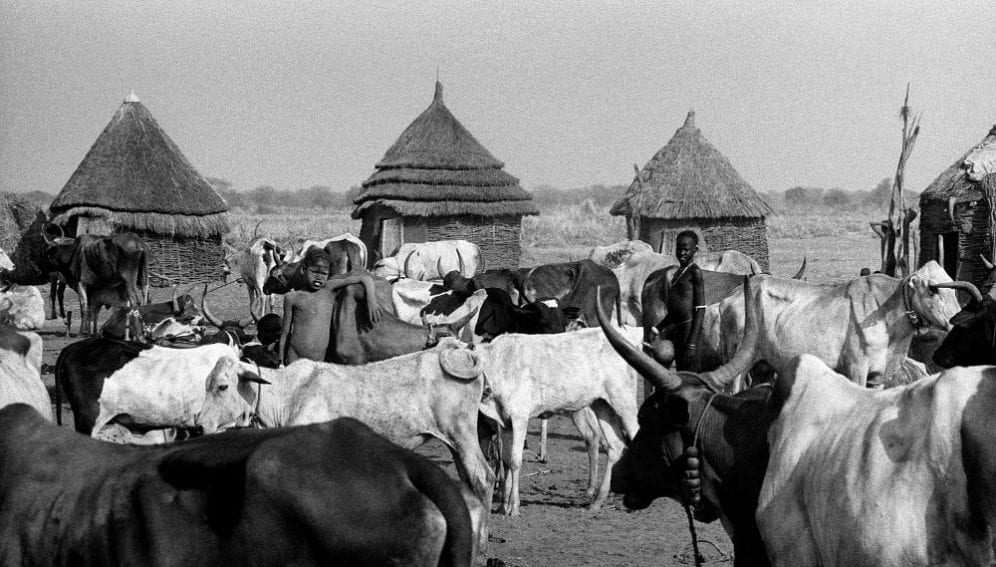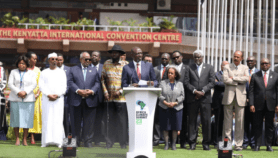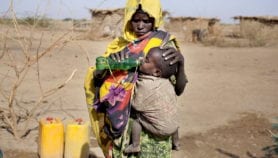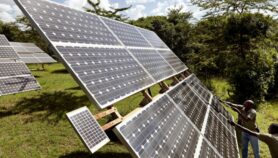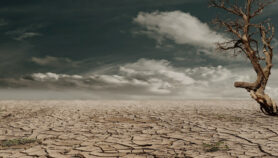By: Baraka Rateng’
Send to a friend
The details you provide on this page will not be used to send unsolicited email, and will not be sold to a 3rd party. See privacy policy.
Automated weather stations (AWS) are being installed in some of Ethiopia’s lowlands to help herders and other vulnerable residents respond better to recurring climate shocks.
The Farm Africa-led Market Approaches to Resilience (MAR) project in the Afar, Southern Nationals People's Region State and Somali regions of Ethiopia is a response to increasing climate variability among lowlands communities.
Negusu Akilu, MAR project head, told SciDev.Net last month (18 December) that the project, which is part of the UK aid-funded Building Resilience and Adaptation to Climate Extremes and Disasters programme, will help over 178,620 vulnerable people respond better to climate shocks.
“The automated weather stations are providing herders with reliable climate information, so they can weigh up risks and make preventative decisions.”
Negusu Akilu, Farm Africa
“The automated weather stations are providing herders with reliable climate information, so that they can weigh up risks and make preventative decisions, like when to destock cattle or scale up water conservation activities,” said Akilu. “The weather stations have also laid the groundwork for the private sector to provide climate vulnerable households with financial products and services such as micro-insurance that help smoothen climate change risks.”
A total of 25 solar-powered AWSs have been installed in a project t that was started in 2015 and ends by the close of 2018, according to Farm Africa.
Ethiopia is currently experiencing severe climate change related shocks and in 2017 alone, poor rains and the residual effects of past extreme weather events forced millions of Ethiopians to rely on food assistance, according FAO Ethiopia Drought response plan and priorities.
Farm Africa expects the institutions implementing the MAR project to continue to offer and expand these services, says Jonathan Garrard, head of programme support and design at Farm Africa.
“When working with governments, we are careful to provide training and support for government colleagues to help them absorb and manage the workload as the project phases out,” Garrard adds.
Solomon Woldetsadik, senior programme officer, climate change, Christian Aid Ethiopia, says the country’s landscape is ragged and highly varying, making it necessary to have many AWSs for location specific weather observations to generate real-time weather data for early warning purposes.
But he says the MAR project could face challenges such as loose link among climate knowledge producers and intermediaries who are customising it into user-friendly context or language for dissemination to end users.
“End users either do not have knowledge about what weather and climate products are available or do not understand the application of climate products for livelihood decision making,” adds Woldetsadik. “They tend to use traditional knowledge.”There is also the low distribution of radios and mobiles phones, and thus denying communities access to up-to- date climate information.
The low level of understanding of media agencies about the importance of delivering weather forecasts and resilience building programmes makes them allocate insufficient airtime for weather forecasts.
Trust for scientific climate information is another critical area, and Woldetsadik is calling for more work to promote attitudinal and behaviour change among residents.
This piece was produced by SciDev.Net’s Sub-Saharan Africa English desk.


